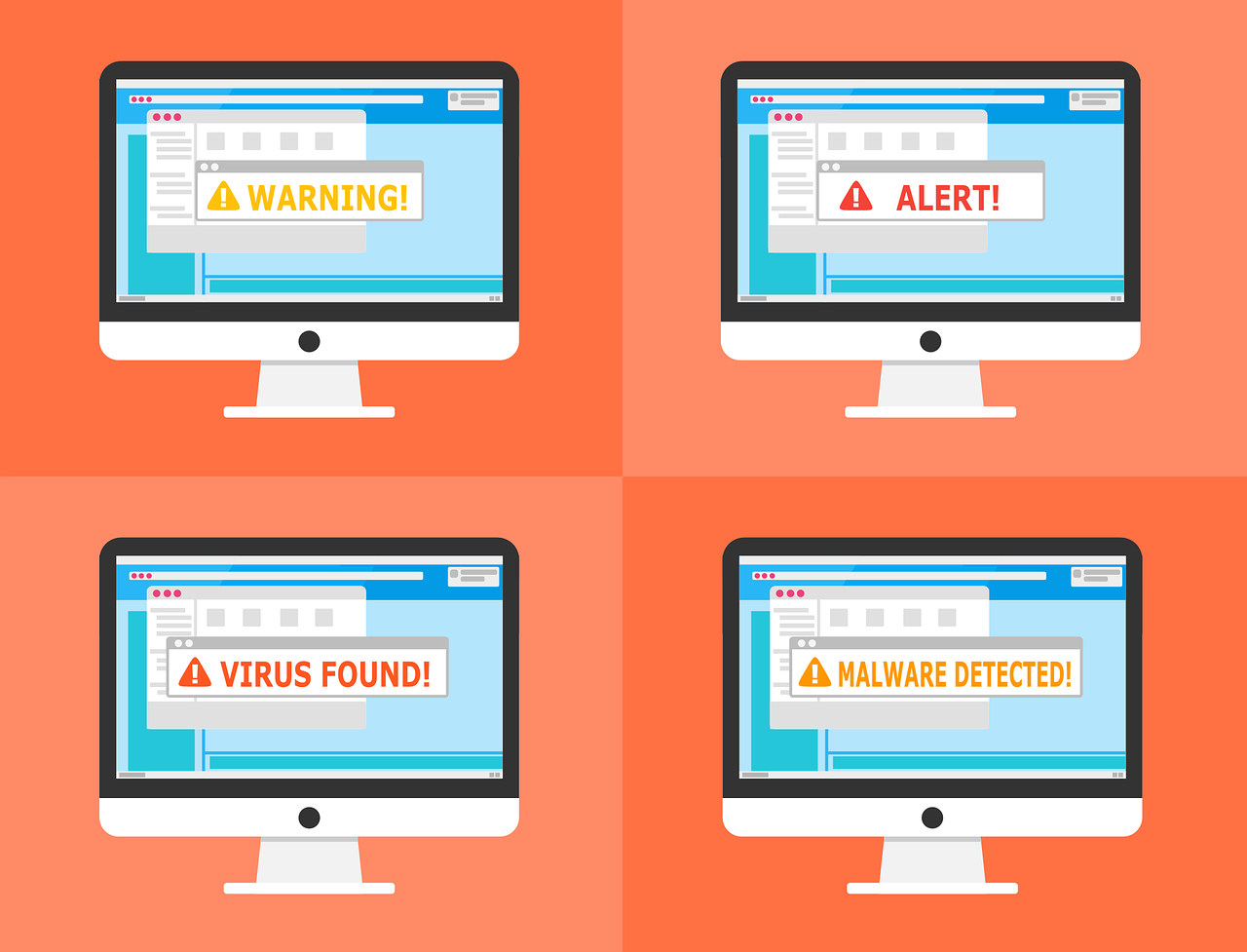Can SMBs Break the Microsoft XP Chains that Bind?
Stuck with old technology?
Microsoft offers zero-day exploit patches for an 18 year old operating system. Ostra can do better.

The majority of businesses, industrial control centers, and hospitals don’t use Microsoft XP by choice, but a lot of them still do. Old systems are particularly vulnerable because known exploits still work, and unsupported operating systems such as Windows XP are virtually unprotected from new exploits. That was the message from Microsoft last week after a patch was released to protect Microsoft XP and Server 2012 R2 systems from yet another global attack.
XP was released in 2001 and gained an unprecedented foothold in the market. This was an era when companies didn’t update their machines for years on end, so for nearly a decade XP was not just an operating system. It was the operating system. During this same time, technology was starting to intertwine with every aspect of how businesses operated.
The net result was a generation of critical control systems and infrastructure in industrial operations, transportation and healthcare built on the bedrock of Windows XP. Keep in mind that in 2001, cyber warfare was not necessarily on everyone’s minds, so nearly two decades later we might be in for a perfect storm. The World Economic Forum’s 2018 Global Risks Report named cyber attacks as a top cause of disruption in the next five years, coming only after natural disasters and extreme weather events.
If facing the future with a zero-day XP exploit patch in hand makes you feel squeamish, turn to Ostra. Ostra’s Enterprise Grade Security Solution provides protection for the ball-and-chain antiquated operating systems inherited from the past and the growing risks they present. Microsoft XP might be our decades old Hobson’s choice, but conventional security solutions are not. Ostra is the security solution when the future must include the past
As Your Trusted Cybersecurity Team, Ostra makes cybersecurity simple and accessible to businesses of all sizes. Ostra provides its partners and their clients with a multi-layered, comprehensive and fully managed Security as a Service.





 When vulnerabilities are detected in newer operating systems, patches are applied through Microsoft’s automatic updates. But in many cases, hospital equipment runs on older versions of Microsoft Windows operating systems that are no longer supported with new patches. And while the obvious answer may be to update those systems, often it is a difficult problem for hospitals to keep current with technology. Sometimes continuously updating equipment is highly risky or cost prohibitive. In other instances, the long approval and installation process of medical equipment and implantable devices results in implementation of technology that is already old “out of the box.”
When vulnerabilities are detected in newer operating systems, patches are applied through Microsoft’s automatic updates. But in many cases, hospital equipment runs on older versions of Microsoft Windows operating systems that are no longer supported with new patches. And while the obvious answer may be to update those systems, often it is a difficult problem for hospitals to keep current with technology. Sometimes continuously updating equipment is highly risky or cost prohibitive. In other instances, the long approval and installation process of medical equipment and implantable devices results in implementation of technology that is already old “out of the box.” 
 This all played out in March 2019 when a Russian hacking group, Fxmsp stated they “could provide exclusive information stolen from three top antivirus companies located in the United States.” This group of cyber-criminals has a long-standing reputation for selling sensitive information stolen from high profile government and corporate entities. Over the last two years they have sold verifiable corporate breaches for a profit of nearly $1 million. A threat research firm, AdvIntel, verified that the group had source code related to the companies anti-virus software development and notified “the potential victim entities” which were Symantec, Trend Micro, and McAfee.
This all played out in March 2019 when a Russian hacking group, Fxmsp stated they “could provide exclusive information stolen from three top antivirus companies located in the United States.” This group of cyber-criminals has a long-standing reputation for selling sensitive information stolen from high profile government and corporate entities. Over the last two years they have sold verifiable corporate breaches for a profit of nearly $1 million. A threat research firm, AdvIntel, verified that the group had source code related to the companies anti-virus software development and notified “the potential victim entities” which were Symantec, Trend Micro, and McAfee.